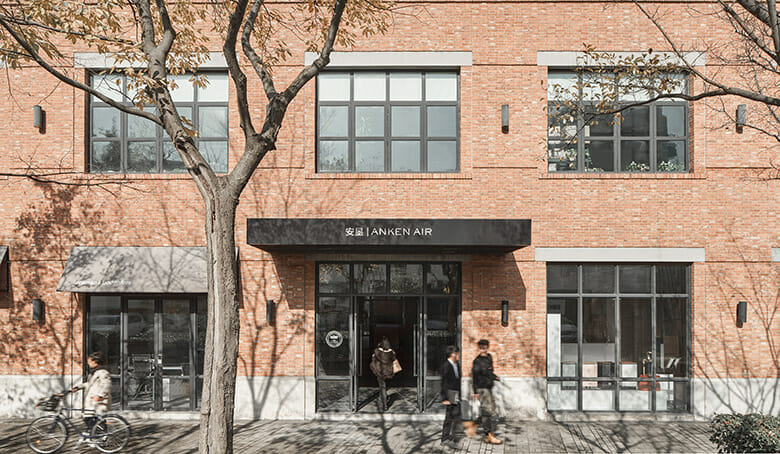
ANKEN Air in Shanghai’s Changning District
ANKEN as a development group has not had a typical trajectory. Alexandra Chu and David San Roman, an architect and an urban planner, came to a city as outsiders at a time of rapid growth, energy and optimism. They saw the potential in the existing fabric of the city and believed that modern environments are an extension of people – their past, their stories and dreams. They believed the most impactful way to contribute to the healthy development of the city was by specialising in the renewal of existing buildings.
Today, ANKEN has delivered over 138,000 sq m of transformative developments in our 16-year history and we are proud to have recently been announced a winner of the Urban Land Institute 2022 APAC Awards for Excellence.
Property is a people business and places are made of people.
In 2022 the world emerged from the shadow of COVID-19 with more questions than answers; how do we see the future of city life, our workplaces and what are the sustainable areas of growth?
Now facing the added complexities of inflation, geopolitics, and continued travel bans, we pause to ask ourselves what ideals and principles have remained true, and what remains true for many cities.
Here we outline our five guiding principles for smart design, development, management, and investment – our ANKENisms.
1) The Power of Placemaking
Property development doesn’t automatically generate value. There are Grade-A buildings with empty offices, apartment blocks failing to sell, prime locations with no tenants. We need to build more – more value, more connections, more communities. We need placemaking.
Placemaking principles can apply to any space, from grand masterplans to individual buildings and singular spaces. Creating high quality places where people feel comfortable and inspired to be drives value in real estate, and in communities.
2) Places are Made of People
At ANKEN, we work towards a different definition of property development. It’s not about square metres that will become rent. It’s not about reducing costs at any cost. It’s not about compromising stability for a quick killing. We’re about communities, service, design, neighbourhoods, sustainability and quality of life. And there’s one thing that connects them all… People.
User-centric design and management facilitates thriving and enduring places, and a granular dedication to servicing the needs of the occupier community brings enhanced tenant stickiness and durable returns.
3) Creating Value Beyond Value-Add
Regeneration and revitalisation go far beyond ESG. We need a holistic approach to sustainability; recognising that true sustainable development comprises more than box-ticking. It permeates into community initiatives, through management practices and long-term perspective.
Looking at projects beyond a simple quick-flip approach generates more value in the long-term – by contributing to neighbourhoods, creating affordable places for SMEs and scale-up businesses, and by considering environmental impacts over and beyond the life of a building. As developers and investors into the urban landscape we have a responsibility to ensure that our projects make a positive impact on our neighbourhoods and environment.
4) Variety is the Spice of Life
Our urban centres and buildings within must celebrate a dynamic mix of uses, ages and typologies. Monolithic structures lacking human-scale and monotype land uses create isolation when what our cities need is more networks and more vitality. Large businesses side by side with scale-ups, sharing common spaces and sparking conversations.
We cultivate and facilitate new concepts for work and lifestyle in tandem with growing enterprises. Variety and diversity create thriving, robust communities and there is immense value in owning the real estate where ideas blossom.
5) Adaptability = Resilience
In the face of the macro challenges of climate, covid and whatever comes next, we need real estate that is adaptable to changes, to build in resilience to market movements. There are too many underutilised and unloved buildings in our cities, we don’t need to build more, we can use the ones we have to create unique places.
Buildings are part of the living city ecosystem; they must be fluid and evolve over time. Landlords also need to move with market cycles and adopt a partnership approach with tenants, the old model of a unilateral transactional relationship is no longer relevant. Our cities and ways of living and working are in constant flux and our approach to real estate must adapt accordingly.
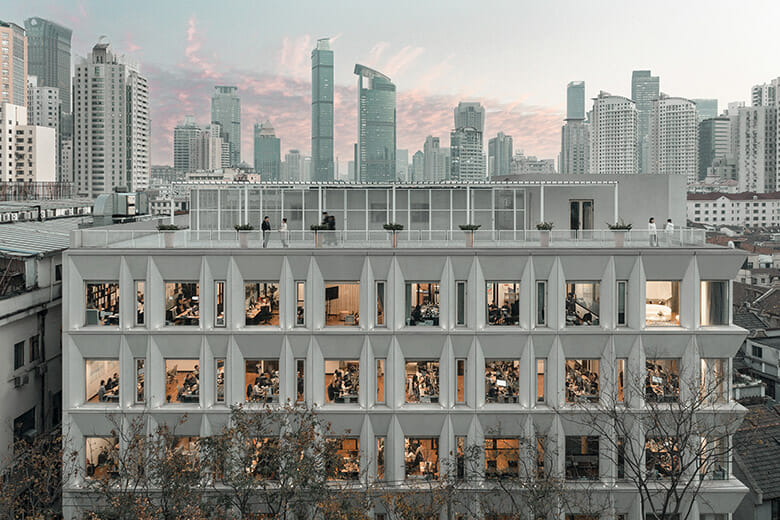
ANKEN’s 363 Changping project
Grassroots
Smaller buildings and smaller businesses are the bedrock of the new urban economy; the ability to nimbly invent and reinvent is a huge asset and will shape our future. ANKEN started small, we understand the challenges that growing businesses face, and we design real estate spaces, services and solutions to anticipate and meet those needs. That’s what has allowed us to travel the path from consultant to developer, creating new products which appeal to growth enterprises and infuse new life into the city.
Award-Winning Urban Renewal
ANKEN’s flagship project ANKEN Alley 363 Changping was recently announced a winner of Urban Land Institute’s 2022 APAC Awards for Excellence. The ULI awards are recognised internationally as one of the development community’s most prestigious awards programmes and the centerpiece of ULI´s efforts to identify and promote best practice in all types of real estate development. Awards recognise the full development of a project — planning, construction, economic viability, management, and community impact, as well as design.
The ANKEN project has also been selected as a finalist for the ULI Global Awards for Excellence; results will be announced in October 2022… watch this space!
A Visual Tour of ANKEN’s Portfolio
ANKEN – Sustainable, Environmental, Community Office Buildings | ANKEN (ankengroup.com)
This sponsored feature is provided courtesy of ANKEN Group

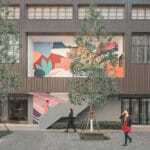
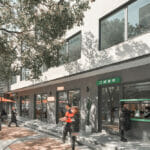
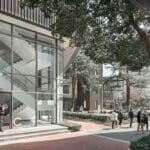
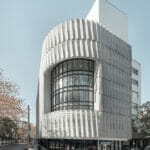
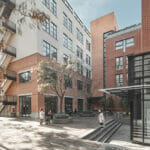
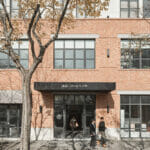


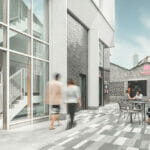
Leave a Reply